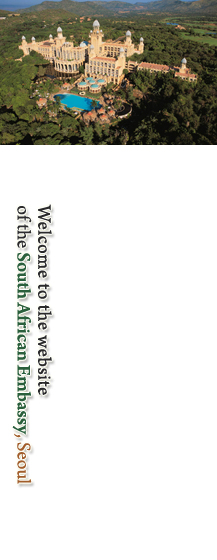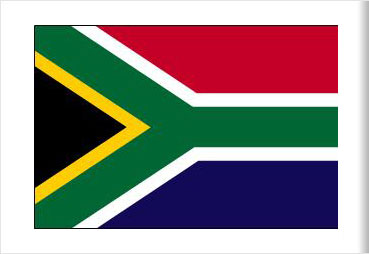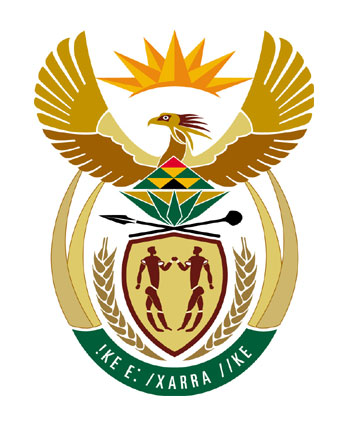
 |
 |
 |
 |
 |
 |
 |
 |
 |

|
South Africa's coat of arms was launched on Freedom Day, 27 April 2000. A central image of the coat of arms is the well-known secretary bird with its uplifted wings. Above the bird is the rising sun, a force that gives life while representing the flight of darkness and the triumph of discovery, knowledge and understanding of things that have been hidden, and illuminating the new life that is coming into being. Below the bird is the protea, an indigenous flower of South Africa, which represents beauty, the aesthetic harmony of all its cultures, and South Africa flowering as a nation. The ears of wheat are emblems of the fertility of the land, while the tusks of the African elephant, reproduced in pairs to represent men and women, symbolise wisdom, steadfastness and strength. At the centre stands a shield, which signifies the protection of South Africans from one generation to the next. Above it, repose a spear and a knobkierie. Together, they assert the defence of peace rather than a posture of war. This shield of peace, which also suggests an African drum, conveys the message of a people imbued with a love of culture. Its upper part is a shield being imaginatively represented by the protea. Contained within the shield are some of the earliest representations of humanity in the world. Those depicted were the very first inhabitants of the land, namely the Khoisan people. These figures are derived from images on the Linton Stone, a world-famous example of South African rock art. The motto of the coat of arms, !Ke e:/xarra//ke, written in the Khoisan language of the /Xam people, means diverse people unite' or 'people who are different joining together'.
|


